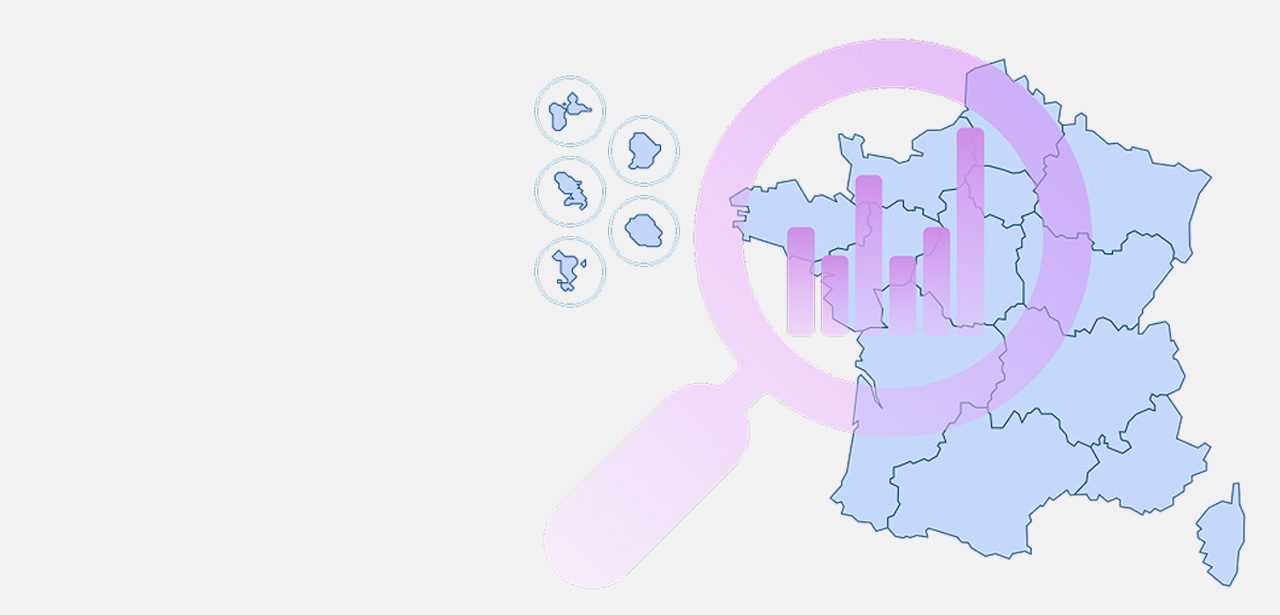Air temperature has been the most commonly used exposure metric in assessing relationships between thermal stress and mortality. Lack of the high-quality meteorological station data necessary to adequately characterize the thermal environment has been one of the main limitations for the use of more complex thermal indices. Global climate reanalyses may provide an ideal platform to overcome this limitation and define complex heat and cold stress conditions anywhere in the world. In this study, we explored the potential of the Universal Thermal Climate Index (UTCI) based on ERA5 - the latest global climate reanalysis from the European Centre for Medium-Range Weather Forecasts (ECMWF) - as a health-related tool. Employing a novel ERA5-based thermal comfort dataset ERA5-HEAT, we investigated the relationships between the UTCI and daily mortality data in 21 cities across 9 European countries. We used distributed lag nonlinear models to assess exposure-response relationships between mortality and thermal conditions in individual cities. We then employed meta-regression models to pool the results for each city into four groups according to climate zone. To evaluate the performance of ERA5-based UTCI, we compared its effects on mortality with those for the station-based UTCI data. In order to assess the additional effect of the UTCI, the performance of ERA5-and station-based air temperature (T) was evaluated. Whilst generally similar heat- and cold-effects were observed for the ERA5-and station-based data in most locations, the important role of wind in the UTCI appeared in the results. The largest difference between any two datasets was found in the Southern European group of cities, where the relative risk of mortality at the 1st percentile of daily mean temperature distribution (1.29 and 1.30 according to the ERA5 vs station data, respectively) considerably exceeded the one for the daily mean UTCI (1.19 vs 1.22). These differences were mainly due to the effect of wind in the cold tail of the UTCI distribution. The comparison of exposure-response relationships between ERA5-and station-based data shows that ERA5-based UTCI may be a useful tool for definition of life-threatening thermal conditions in locations where high-quality station data are not available.
Auteur : Urban Aleš, Di Napoli Claudia, Cloke Hannah L, Kyselý Jan, Pappenberger Florian, Sera Francesco, Schneider Rochelle, Vicedo-Cabrera Ana M, Acquaotta Fiorella, Ragettli Martina S, Íñiguez Carmen, Tobias Aurelio, Indermitte Ene, Orru Hans, Jaakkola Jouni J K, Ryti Niilo R I, Pascal Mathilde, Huber Veronika, Schneider Alexandra, De' Donato Francesca, Michelozzi Paola, Gasparrini Antonio
Environmental Research, 2021, vol. 198, p. 1-12


